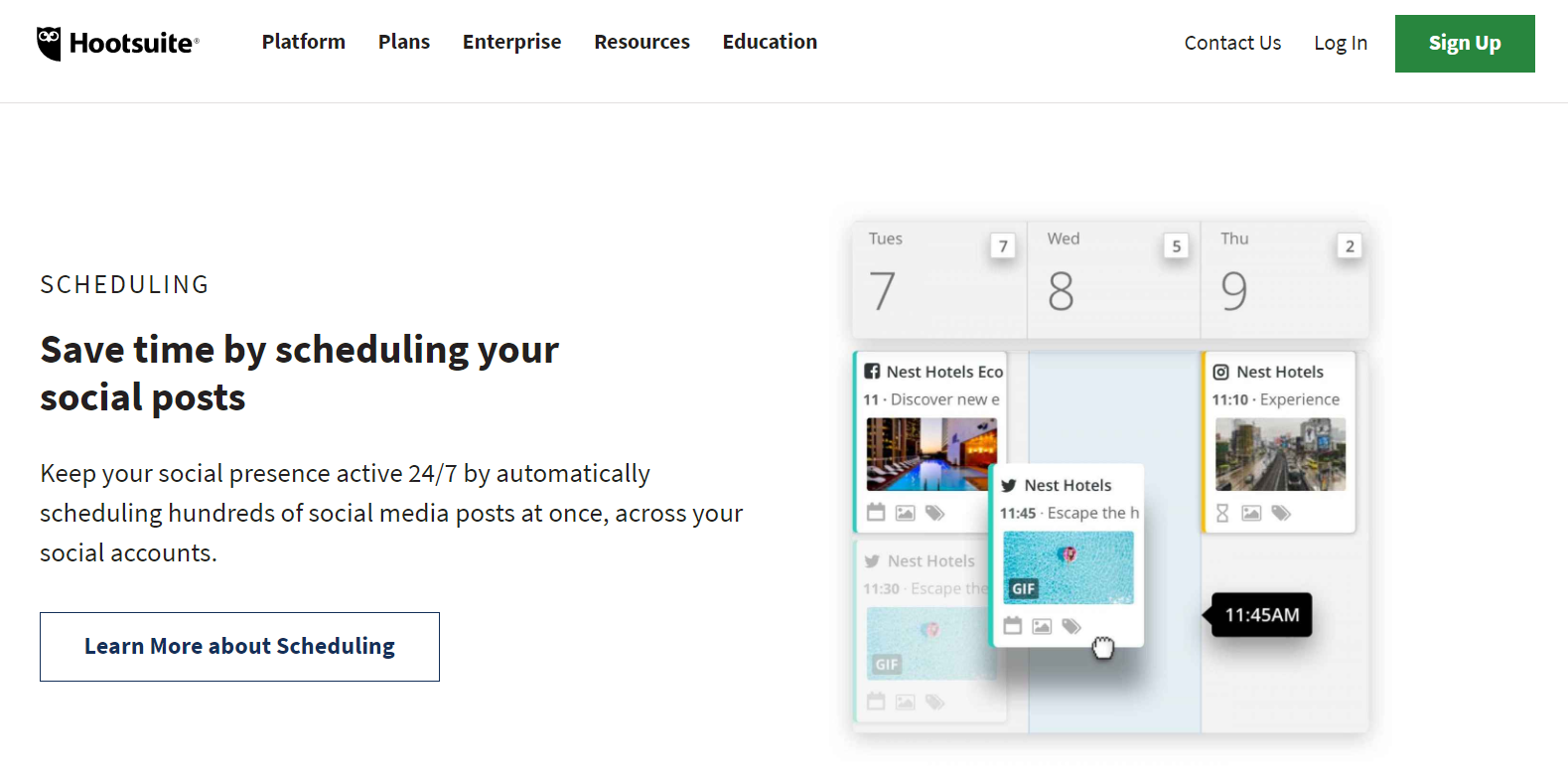We are living in interesting times. Schools, bars and restaurants are closed, and fights are breaking out over toilet paper. As stores close across the world and people are being instructed to stay home, it is also an interesting time to be an ecommerce merchant.
Eric Roth, managing director, consumer, at private equity firm MidOcean Partners, predicts that ecommerce will benefit in the long-term, which means that now is the right time to optimize your business and set about putting some business best practices in place.
So while you work from home, with a few hours extra in the day saved from the commute to the office, here are some ecommerce time management tips to help you optimize your business now that you are stuck indoors.
Automate day-to-day processes
There are lots of ways that you can save time on day-to-day processes in your business. Throughout the day, you will have a lot of small tasks that individually take just a few minutes, but together, they add up. Most of these can be automated which can help simplify your work and make it more efficient.
Ecommerce automation can include: scheduling sales for a set period of time; unpublishing out-of-stock products; scheduling the launch of new products for your website and social media channels; tag high-value customers and send personalized welcome messages to them; and show relevant payment options to customers depending on their order history, location, and device.
Shopify, for example, has some great tools to help you automate your business.
- Shopify Flow helps you set triggers, conditions and actions with a simple visual builder – like a flowchart – are then executed automatically. It helps you automate inventory supplies, segment high-value customers, tag products and high-risk orders. The best part is that you don’t need any coding skills!
- Shopify’s Launchpad app helps you schedule, preload, and monitor events like major sales campaigns and product releases.
- Shopify Scripts can add automatic discounts, different payment options and specific shipping options to create a customized checkout experience for individual customers.
Social media is another place where automation can help you save a lot of time. Crafting and posting organic content once a day to fit the style and tone of three or four different social media channels – such as Facebook, Twitter, Instagram, and TikTok – can take a lot of time. Posting every day can also make it easy to forget, especially if something urgent comes up.
Tools like Hootsuite let you schedule content weeks in advance, so rather than doing it day by day, you can sit down once a week and schedule content for the whole week giving you more time to focus on your business.
It also gives you data to help you track and measure your posts’ performance meaning you can quickly see what works and what doesn’t – and change your content accordingly.

Hootsuite allows you to automate your social media posts
Hootsuite currently integrates with Twitter, Instagram, Facebook, LinkedIn, Pinterest and YouTube. It does not allow you to post Instagram stories from the platform, so that still needs to be managed manually.
And while you are in isolation, why not map and plan your content for the next few months?
Take a look at which holidays are coming up so that you can pin content to those dates – for example, you could highlight a special female employee on International Women’s Day; give your customers ideas for Father’s day; or ways they can treat themselves after mid-week.
Website best practices
Search Engine Optimization (SEO) is Google’s way of ranking your website in the page listings – and that is why it is so important because 75% of searches online are done on Google.
And most people don’t go beyond the first page of Google results to find what they are looking for; so, if you are not on the front page, you have already lost potential customers.
You might be thinking “oh, I did SEO when I set up my website!” But SEO best practices are always being updated. So, even if your website was fully SEO last year, chances are, it can be improved today.
Luckily, it is one of the easiest ways to optimize your business. Relatively speaking, SEO is also a cheap way to boost your visibility. Of course, if you want to do it well, you may need to invest some money into hiring a professional. Alternatively, there are lots of guides available online to help you do it yourself!
Another way that you can improve your website is to run a quick diagnostic; is it user friendly? Does it have a good customer experience?
Why not read some of the reviews of your competitors’ websites to see what you can do to improve your own website. Pixc’s product page teardowns give a unique analysis of the performance and user-friendliness of different ecommerce websites.
Start a conversation with your customers
With everyone stuck inside having minimal contact with the outside world, now is a good time to create a relationship with your customers.
Just a simple ‘ check-in’ can be very effective. Research shows that customers who develop a sense of familiarity with a brand are more likely to be loyal customers.
Use this opportunity to get to know your customers better so that you can serve them better in the future. Reach out to them to get feedback on what you could improve, what they would like to see from your business in the future?
But also – why not make new connections? Now that everyone is isolated in their homes, there are no opportunities to go out and meet people. You can use this time to identify key contacts that can help your business grow.








